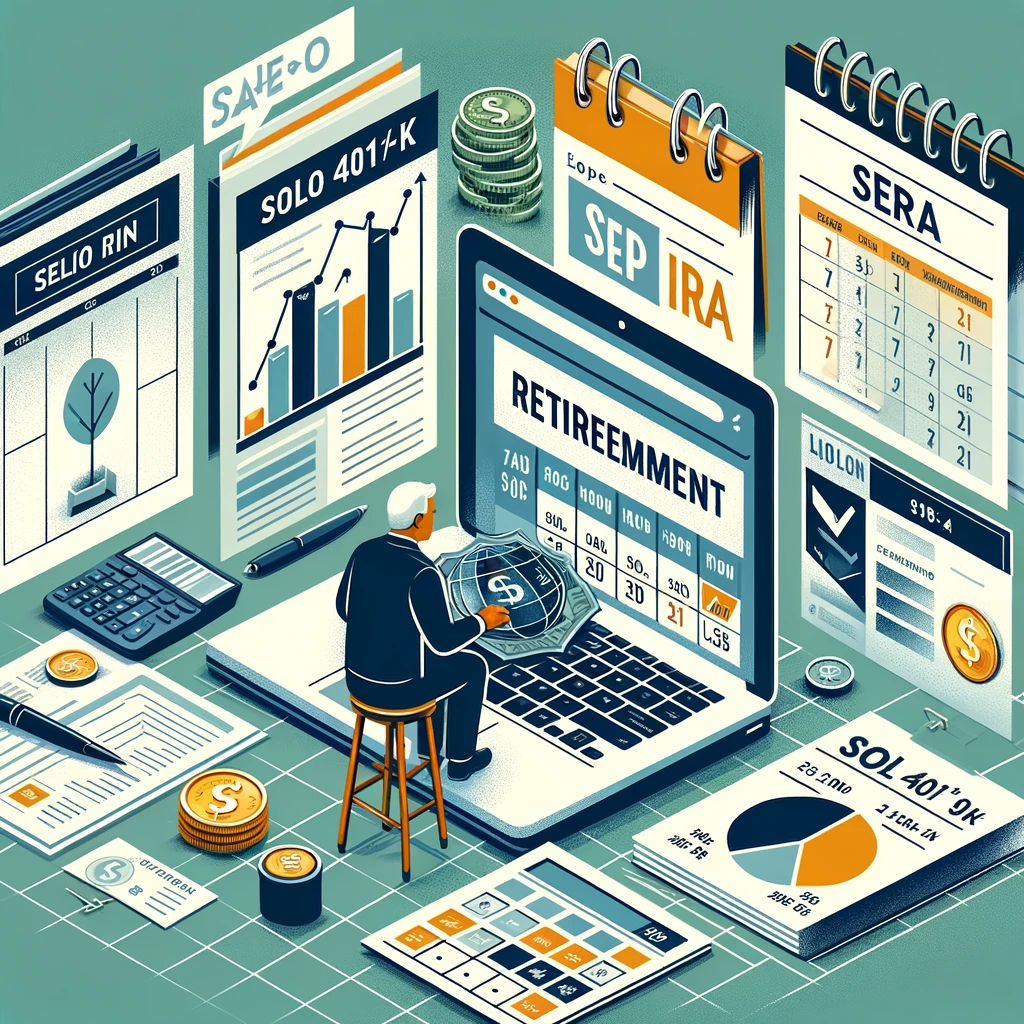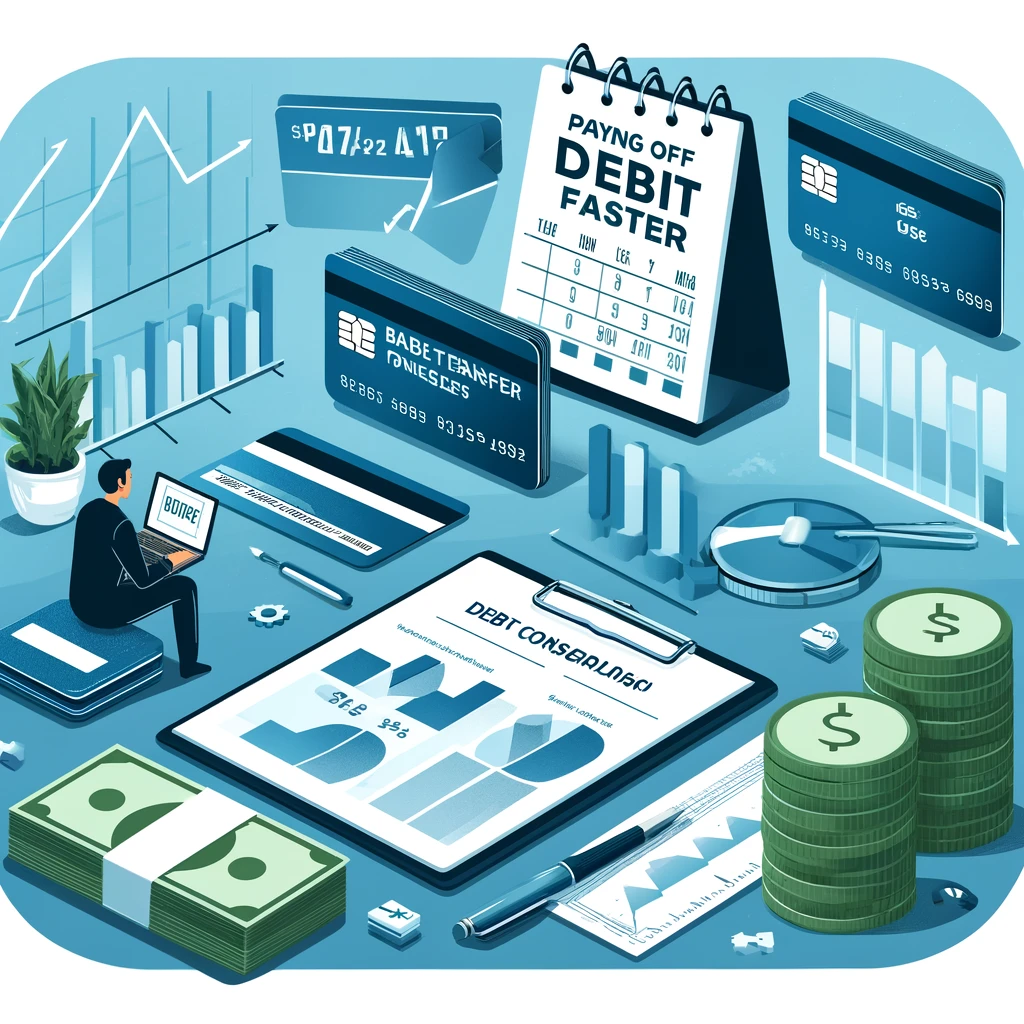Retirement planning is a crucial aspect of financial health, but for self-employed individuals, it can be particularly challenging. Without access to employer-sponsored retirement plans, self-employed individuals must take extra steps to ensure they are saving adequately for their future. This detailed guide will explore the best retirement planning options and strategies for self-employed individuals, helping you build a secure financial future.
Why Retirement Planning is Essential
Retirement planning ensures that you have enough money to maintain your standard of living after you stop working. For self-employed individuals, this is especially important because there is no employer to contribute to your retirement savings or provide pension benefits. Taking control of your retirement planning early can help you avoid financial stress in your later years.
Top Retirement Account Options for Self-Employed Individuals
1. Solo 401(k)
- Overview: A Solo 401(k), also known as an Individual 401(k), is designed for self-employed individuals with no employees, except possibly a spouse. It allows for high contribution limits and offers both traditional (pre-tax) and Roth (post-tax) options.
- Contribution Limits: For 2024, you can contribute up to $22,500 as an employee and up to 25% of your net self-employment income as an employer, with a total cap of $61,000 (or $67,500 if you’re over 50).
- Benefits: High contribution limits, potential for significant tax savings, and Roth option for tax-free withdrawals in retirement.
- Affiliate Link Recommendation: Open a Solo 401(k) with Vanguard or Fidelity for low fees and excellent investment options.
2. SEP IRA (Simplified Employee Pension)
- Overview: A SEP IRA is a popular retirement plan for self-employed individuals and small business owners. It allows you to make contributions as an employer and offers flexibility in how much you contribute each year.
- Contribution Limits: You can contribute up to 25% of your net self-employment income, with a maximum of $61,000 for 2024.
- Benefits: Easy to set up and maintain, flexible contribution amounts, and significant tax-deferred savings.
- Affiliate Link Recommendation: Consider opening a SEP IRA with Charles Schwab or TD Ameritrade for robust retirement planning tools.
3. SIMPLE IRA (Savings Incentive Match Plan for Employees)
- Overview: A SIMPLE IRA is suitable for self-employed individuals and small businesses with fewer than 100 employees. It requires less administrative work compared to a Solo 401(k) but has lower contribution limits.
- Contribution Limits: For 2024, you can contribute up to $14,000 as an employee, with an additional catch-up contribution of $3,000 if you’re over 50. Employers must also make a matching contribution of up to 3% of net self-employment income or a fixed contribution of 2% of net earnings.
- Benefits: Simple to set up and maintain, employer matching, and tax-deferred growth.
- Affiliate Link Recommendation: Open a SIMPLE IRA with E*TRADE or Fidelity for straightforward account management and investment choices.
4. Traditional and Roth IRAs
- Overview: Traditional and Roth IRAs are available to anyone with earned income, including self-employed individuals. While the contribution limits are lower than other options, they offer valuable tax advantages.
- Contribution Limits: For 2024, you can contribute up to $6,500 to an IRA, with an additional catch-up contribution of $1,000 if you’re over 50.
- Benefits: Tax-deductible contributions for Traditional IRAs, tax-free withdrawals for Roth IRAs, and flexibility in choosing investments.
- Affiliate Link Recommendation: Open a Traditional or Roth IRA with Betterment or Wealthfront for automated investment management and personalized advice.
Strategies for Effective Retirement Planning
1. Start Early
- The earlier you start saving for retirement, the more time your money has to grow through compound interest. Even small contributions can grow significantly over time.
- Affiliate Link Recommendation: Use Acorns to round up your everyday purchases and invest the spare change automatically.
2. Maximize Contributions
- Take advantage of the high contribution limits offered by Solo 401(k) and SEP IRAs. The more you can contribute now, the more you’ll have in retirement.
- Affiliate Link Recommendation: Automate your contributions with Fidelity to ensure you consistently save the maximum amount each year.
3. Diversify Your Investments
- Diversification helps spread risk across different asset classes, reducing the impact of market volatility on your portfolio. Ensure your retirement accounts include a mix of stocks, bonds, and other assets.
- Affiliate Link Recommendation: Consider using Betterment or Wealthfront for diversified, automated investment portfolios.
4. Monitor and Adjust Your Plan
- Regularly review your retirement plan to ensure it’s on track. Adjust your contributions and investment strategy as needed to stay aligned with your retirement goals.
- Affiliate Link Recommendation: Use Empower to track your retirement accounts and receive personalized advice.
Conclusion
Retirement planning for self-employed individuals requires proactive management and careful consideration of available options. By choosing the right retirement accounts, starting early, maximizing contributions, and diversifying investments, you can build a secure financial future. Take control of your retirement planning today and enjoy peace of mind knowing you’re prepared for the future.



